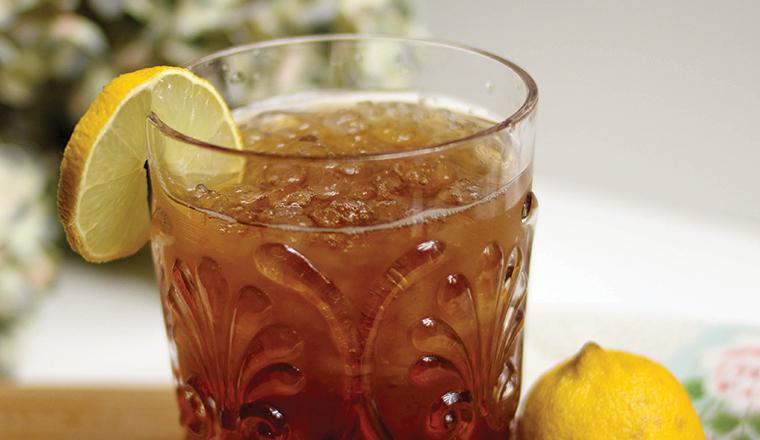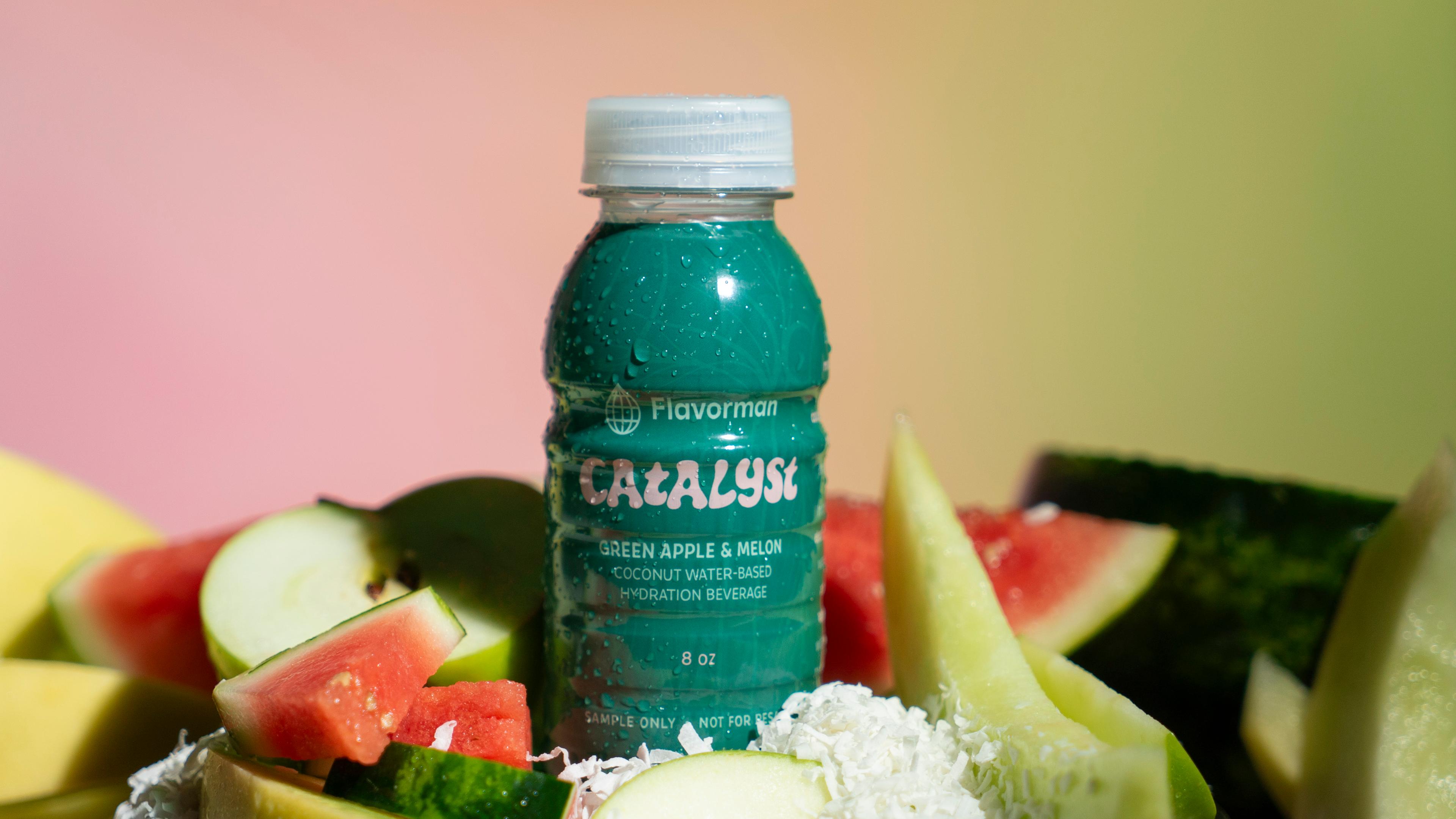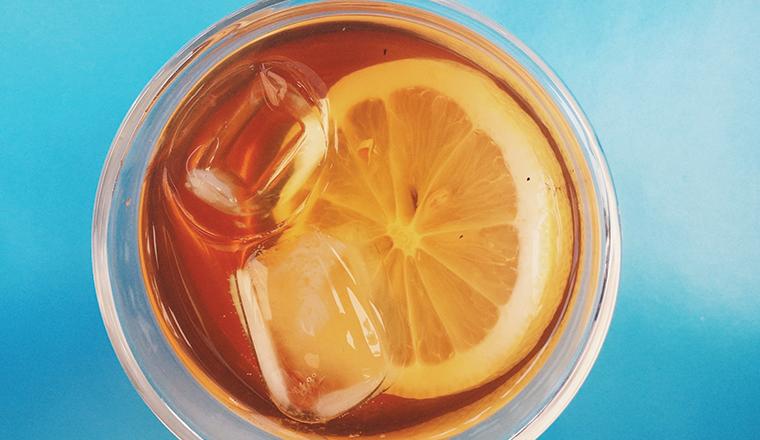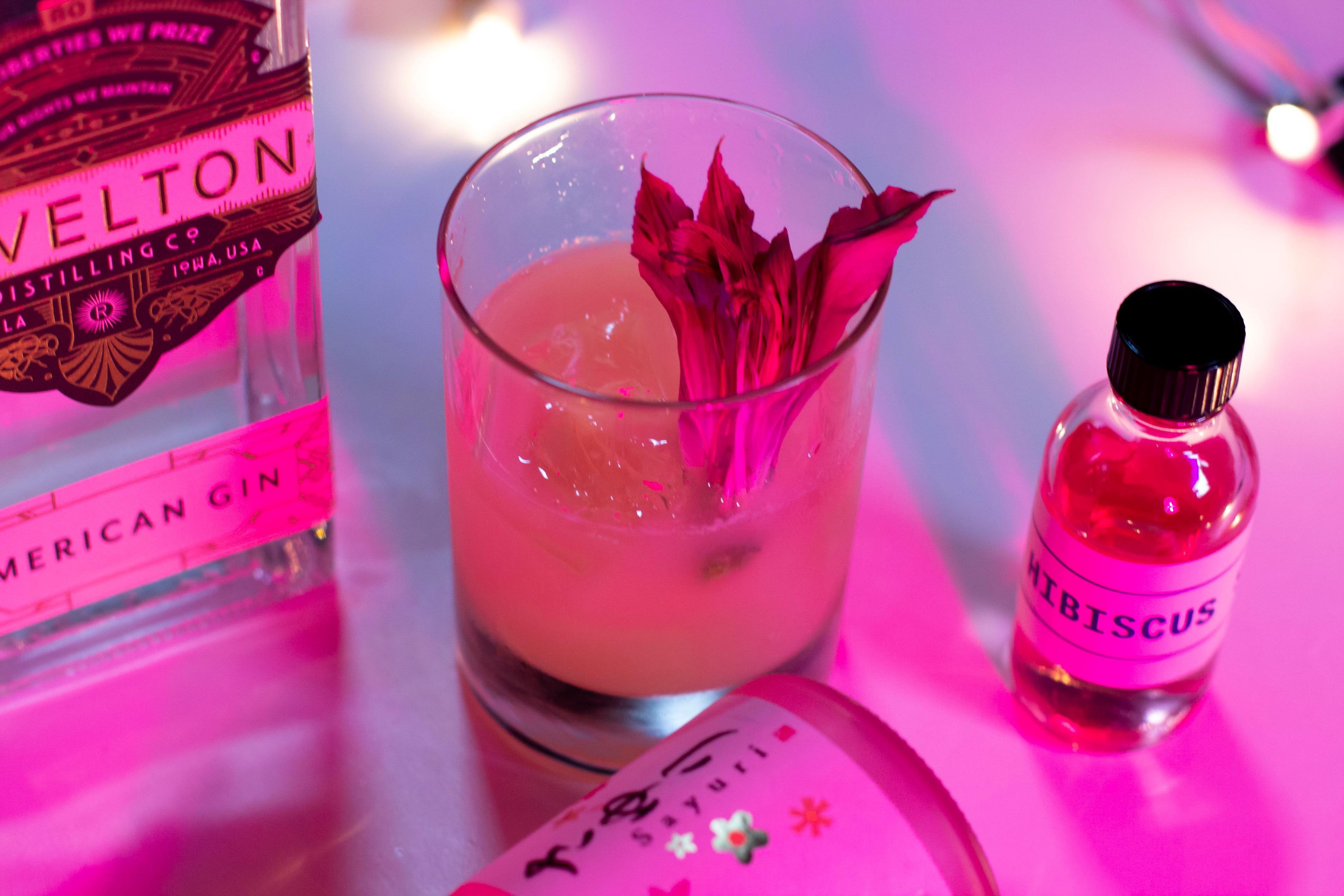You are likely well familiar with the infamous "Boston Tea Party," a protest that changed the course of American history. Tea was a lucrative commodity for the British Empire, which ruled over the 13 colonies that would become the United States of America. The colonists were often subjected to hefty taxes on tea to pay off the Empire's debts. They famously opposed this "tea tax," which coined the iconic slogan, "No taxation without representation." On December 16th, 1773, colonists dumped 342 chests of British tea into the Boston Harbour as a protest, sparking the beginning of the American Revolution. It just so happens that tea, the catalyst for this conflict, is the most popular drink in the world today.
Although our country was founded by dumping tea into the ocean, the United States has become a major innovator and contributor to the tea industry. Our Beverage Architects are excited to highlight the popularization of tea in America and how it's led to our consumption habits today!
Iced Tea in America
Iced tea has been a known beverage in America for years since tea was first brought to the United States in 1789, when French botanist Andre Michaux brought the plant as a popular beverage among citizens. In the 1800s, many cold tea recipes appeared in alcohol punches, such as Charleston's St. Cecilia punch and Chatham Artillery punch during the Civil War. In the 1800s, iced tea was often flavored with many ingredients such as a few squeezes of citrus, an infusion of fragrant spices, perhaps a bit of steeped mint, and most commonly, sugar. In those days, green tea was often used before the more popular black tea in iced tea beverages. It's also worth noting that much of the iced tea was presweetened by dissolving a large quantity of sugar directly into the hot tea base before diluting it with water and ice, as opposed to sweetening already brewed tea with a sweetener. Soon, beverage makers across the country started creating recipes for these "tea punches" and iced tea drinks. Listed below are the various examples of these iconic recipes:
- 1839 - Lettice Bryan publishes her cookbook, The Kentucky Housewife
- The book contained a tea punch recipe that requires pouring hot tea over sugar before mixing in claret wine, or cream and champagne.
- 1879 - Marion Cabell Tyree publishes her cookbook, Housekeeping in Virginia
- Tyree's recipe instructs boiling and steeping the green tea throughout the day. The recipe states, "Fill the goblets with ice, put two teaspoonfuls of granulated sugar in each, and pour the tea over the ice and sugar."
- 1884 - D.A. (Mary) Lincoln, head of the Boston Cooking School, released an iced tea recipe that poured cold black tea over ice, lemon, and two sugar cubes.
- 1928 - Henrietta Stanley Dull, home economics editor for the Atlanta Journal, publishes her tea recipe in a book titled Southern Cooking.
- Dull's recipe calls for boiled water poured over green or black tea leaves and removed when it's strong enough to taste. She then instructs pouring small amounts of sugar and broken ice into the mixture and serving it with a garnish of a sliced orange, strawberry, cherry, or pineapple. She would also sometimes garnish her tea with a sprig of mint or sliced lemon.

After years and several variations on the iced tea recipe, tea farmer Richard Blenchynden would popularize the beverage. During the 1904 St. Louis World's Fair, Blenchynden offered complimentary hot tea at the East Indian pavilion; however, no one bought the tea due to the intense heat. It was rumored that Blenchynden and his team filled several bottles of brewed Indian tea and turned them upside down so the tea could flow through iced lead pipes. It was a very welcome treat in the intense heat then, and soon Blenchynden took his free iced tea idea to New York and sold it to larger crowds. After iced tea had grown in popularity, companies like Lipton started selling iced tea all over the United States and significantly down south.
Sweet Tea in the South
Sweet tea is often associated with the South, but after iced tea became popular, it took a while before the beverage became such a staple. In the 19th century, obtaining ice was harder for the South. The harsh heat and the mild winters kept ice from being a popular commodity south. The ice obtained down south was usually transported from the North and was only for those who could afford it. Two major technological shifts allowed ice in the south: cars were accessible so ice could be transported from the North quickly, and the invention of the refrigerator in the 1920s helped people down south preserve ice and colder beverages. Another factor that played a role in iced sweet tea's popularity was the prohibition in 1920. Without drinks such as wine, beer, or whisky, many southerners held on to iced tea as much as they could until serving alcohol was legal. Henrietta Dull's tea recipe was especially popular in the south and became essential for southern sweet tea, save for more sugar, depending on individual preferences. It's also important to note that during World War II, imports from Japan were not allowed in the U.S. Hence, importation from India, Africa, and South America made darker teas more economically sound commodities.
Presweetening brewed tea became a southern tradition, and what often makes southern sweet tea overwhelmingly sweet to those not used to the beverage. Sweet iced tea has become such a southern staple that South Carolina (home to some of the country's largest tea-growing industries) made sweet iced tea the state's official hospitality beverage in 1995. Georgia passed a House bill in 2003 that requires all restaurants in the state to serve sweet tea. Although the beverage market is inundated with new sodas every year, sweet iced tea is still a special and refreshing beverage for going out and staying home with friends and family.




